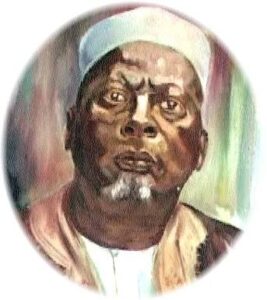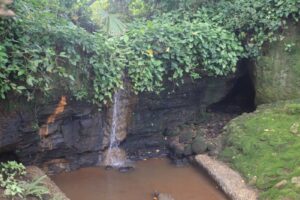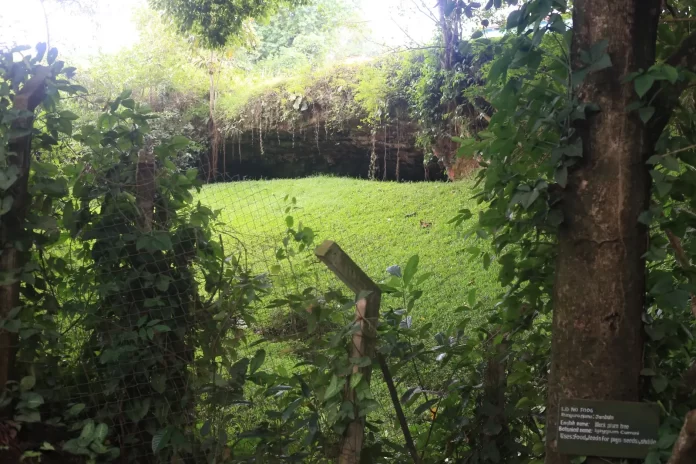Katasiha Caves in Hoima City are rich with history, as they were once famously known for being the hiding place for Omukama Chwa II Kabalega, the former great king of the Bunyoro Kitara Empire.
According to the people staying around the caves, it is believed that Omukama Kabalega used the caves as a hideout and line of defense in 1893 as he battled the invading British colonial army. He managed to keep the army at bay for more than twenty years as he resisted British rule and dominance in his territory.
On January 1, 1894, the British declared war on Bunyoro. At the height of the British offensive on his empire, Kabalega went into hiding in Acholi under the protection of Chief Awich Abok of Payira. It’s from there that he consistently led his rebellion, dubbed Nyangire, which proved a thorn in the colonial skin.

To smoke Kabalega out of the caves, the British sought the services of fighters from Buganda Kingdom and Sudan, who effectively drove him and his forces to northern Uganda, from where they resorted to guerrilla warfare until Kabalega was captured in April 1899.
Upon defeat by the British, Kabalega’s soldiers burned down the base, but it was later rebuilt and turned into Bunyoro District headquarters when British colonialists took over in 1900.
There were several underground granaries near the caves that served as food reserves, primarily cereals and legumes, which the British took control of in 1894.
The granaries were found with over 270,000 kg of cereals, and these helped the then British feed their hungry fighters for the years they occupied the kingdom after deposing Kabalega, who had run away and was seeking refuge in Budongo forest, where he used to wage guerilla attacks against the British forces who had at that time taken over the Bunyoro Kitara Kingdom headquarters at Mparo.
“From the caves originates the River Bigajuuka, a small stream of fresh water that flows and pours its waters into the Wambabya River, which later offloads into Lake Albert. From the fresh water from the cave, it’s where Omukama Kabalega used to drink,” said elder Timbigamba Caleb.

“The water falls used to be big until recently, when part of them were destroyed during the construction of Hoima Butiaba Road, though small falls are still visible on the site.” Timbigamba added.
The caves, which are located three kilometers from the city center, are still a marvel and tourist attraction in the region.
According to Hassan Kasibante, the RCC Hoima City West, the Katasiha caves are preserved, and people are welcome to visit the heritage as it has lots of history attached to it.
“Apart from the Katasiha caves, we also have many other tourist attractions in the city worth visiting.” Hassan added.
This site is now preserved as it is within the confines of the Miika Eco Resort hotel in Hoima City.















